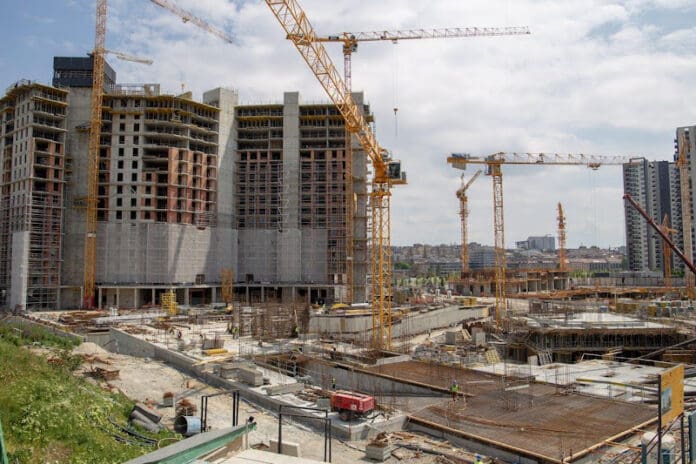Every construction site depends on timing, teamwork, and communication. From laying foundations to final inspections, multiple teams must stay in sync to complete the project on time and within budget. But even experienced crews run into delays, miscommunication, or costly mistakes when their tools can’t keep up. Without the proper technology, even the most organized job site can become chaotic. Poor communication, outdated plans, and misaligned schedules can all cause serious setbacks in construction coordination.
Common Issues That Disrupt Project Flow
Managing a large team of subcontractors, suppliers, and specialists is already a challenge. Without reliable systems, small errors can turn into major delays. One team might be working from an outdated version of a blueprint, while another waits for materials that were never ordered. These kinds of mix-ups slow everything down and increase stress on the job site.
Another issue is the lack of transparency. When each department or subcontractor uses a different method to track progress, it becomes harder for project managers to see what’s really happening. This results in surprises that affect scheduling, budgeting, or compliance. In some cases, work must be redone, wasting time and money.
How Outdated Tools Increase Risk
Many construction companies still rely on spreadsheets, emails, and paper forms. These tools may have worked in the past, but they simply can’t support modern construction projects. Handwritten notes get lost. Emails go unread. Spreadsheets become out of date the minute a change happens on-site.
With so many moving parts, relying on old-school tools means one mistake can trigger a chain reaction. If a material shipment is delayed but no one updates the master schedule, crews may show up ready to work with nothing to do. This creates frustration, wasted labor hours, and possible penalties if deadlines are missed.
Digital solutions allow teams to update data in real time. Project managers can adjust schedules on the fly, and everyone sees the change instantly. This level of visibility helps prevent miscommunication and keeps every team working toward the same goal.
What the Right Technology Can Solve
With the right software and systems in place, job sites become more efficient and predictable. These tools not only keep everyone informed but also allow teams to spot problems before they grow.
Here are a few ways the right tech can improve coordination:
- Shared project dashboards: Everyone sees progress, updates, and changes in real-time.
- Document control: The most recent blueprints and specs are always available.
- Task automation: Reminders, approvals, and status checks are handled automatically.
- Schedule syncing: Adjustments to timelines are instantly visible to all stakeholders.
- Field-to-office communication: Workers can report issues or share updates on mobile devices.
This kind of integration removes the guesswork from project management. With fewer surprises, teams can stay focused on completing their tasks instead of fixing mistakes.
Why Tech Adoption Lags in Construction
Despite the clear benefits, many construction firms still hesitate to invest in modern tools. Some worry about training time or switching costs. Others feel their current methods are “good enough.” However, as jobs grow in complexity and client expectations increase, outdated systems create more risk.
It’s also common for companies to invest in tech but never fully use it. If workers aren’t properly trained or if the software isn’t user-friendly, it becomes just another forgotten tool. Successful adoption requires buy-in from leadership, hands-on training, and regular use on the job.
The construction industry has long been known for its boots-on-the-ground approach. However, the growing pressure to finish projects faster and cheaper makes it essential to support teams with smarter tools. Waiting too long to adopt new technology could leave companies behind competitors who are already working more efficiently.
Improve Your Job Site With Better Coordination
Whether you’re a general contractor, subcontractor, or project manager, getting your teams to work together efficiently is critical. The right tech can give you more control, better communication, and a smoother workflow. You don’t need to overhaul your entire operation overnight, but starting with tools that address your biggest coordination challenges can make a real difference. Explore construction coordination tools that fit your job site’s needs and start building smarter today.









